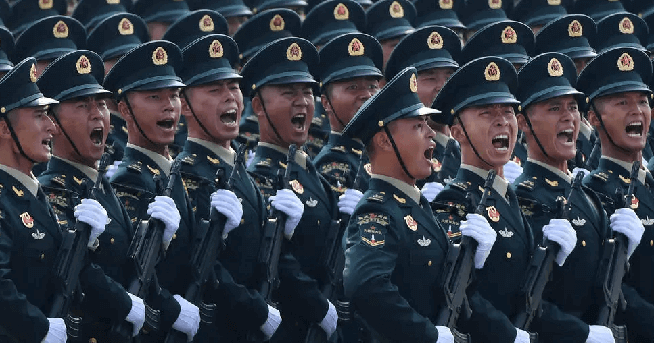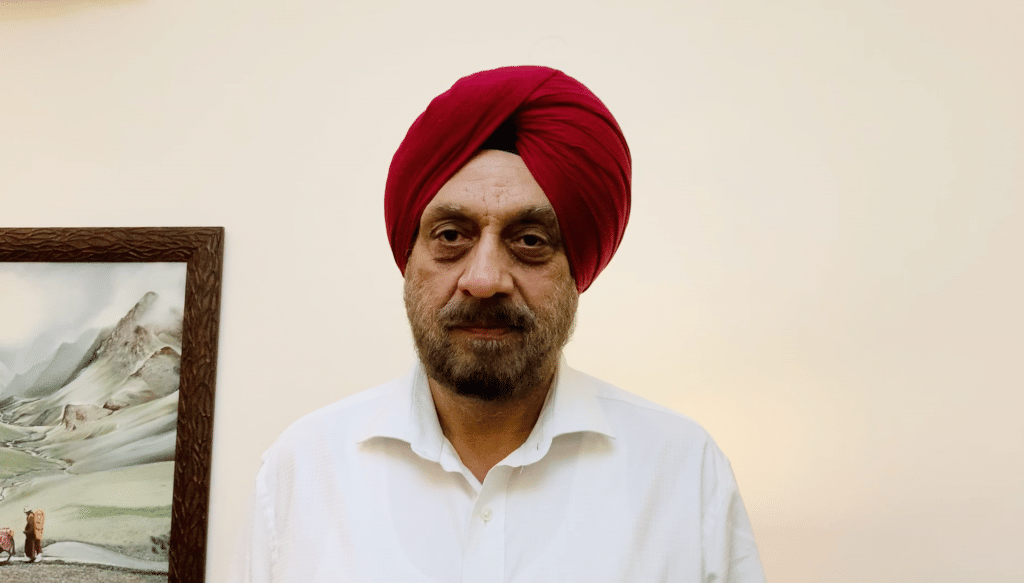From NewsWeek.
The Chinese Army Flops in India. What Will Xi Do Next? | Opinion
GORDON G. CHANG , AUTHOR, COMMENTATOR, LAWYER
In China, "another brutal purge" is coming.
Ruler Xi Jinping, already roiling the Communist Party with a "rectification" campaign and mass persecution of foes, has risked his future with recent high-profile incursions into Indian-controlled territory.
Unfortunately for Xi, he is the "architect" of these aggressive moves into India and his People's Liberation Army (PLA) has unexpectedly flopped.
The Chinese army's failures on the Indian border will have consequences. As an initial matter, they give Xi an excuse to pick up the pace of replacing adversaries in the armed forces with loyal elements. Heads, therefore, will roll.
More important, the failures motivate China's aggressive ruler—who as chairman of the Party's Central Military Commission, is the leader of the PLA—to launch another offensive against Indian positions.
Beginning in early May, Chinese forces advanced south of the Line of Actual Control, the temporary border between the two giants, principally in three separate areas in Ladakh, high in the Himalayas. The boundary is not well-defined, and for years Chinese troops trespassed into Indian-controlled territory, especially after Xi became Party general secretary in November 2012.
The May incursions took New Delhi by surprise. As Cleo Paskal of the Foundation for Defense of Democracies tells Newsweek, Moscow in April had assured India that large-scale Chinese maneuvers in its Tibet Autonomous Region were not preparations for a move below the Line.
China also took India by surprise on June 15 in the Galwan Valley, the northernmost of the three areas of incursion. In a premediated move, Chinese troops killed 20 Indian soldiers. It was the first deadly confrontation between the two giants in 45 years.
Beijing is accustomed to getting its way in disputed territory, especially because Indian leaders and soldiers, "psychologically paralyzed" by their loss in the 1962 border war with China, played only defense.
Paralyzed no more. China is thought to have suffered at least 43 deaths in the Galwan clash. Paskal says the number of Chinese killed could exceed 60. Indian troops fought back ferociously. Beijing won't admit the extent of the debacle.
Then, beginning late last month, for the first time in a half-century, India carried out an offensive against China, taking back high ground the Chinese recently grabbed. China's forces were surprised when Indian troops mounted their attempt to retake strategic high points. Stunned Chinese soldiers retreated.
China's subsequent efforts to counter the Indian moves proved ineffective. At least for the moment, India's troops, in the southernmost of the three areas of conflict, are in control of territory once in Chinese hands.
Can the Dragon fight? The Ground Force of the People's Liberation Army can move against undefended targets, as a series of incursions south of the Line of Actual Control demonstrate, but it is not clear how effective it is in battle.
The Ground Force does not have a track record of success in contested situations. Its last major engagement was in 1979 when, in the effort to "teach Vietnam a lesson," the Chinese launched what they called a "defensive counterattack" into Vietnamese territory and, in the process, were repelled and humiliated by their much smaller neighbor.
Now, after decades of an unprecedented modernization effort, the Ground Force is far better equipped and trained, but it is apparently not much more effective on the battlefield.
India is not giving the invaders the opportunity to improve. Both sides have just accused the other of violating decades-old rules of engagement by firing warning shots. It appears, however, the Chinese are the ones closer to the truth: India's troops are displaying newfound boldness.
India has effectively ditched these rules intended to limit casualties. "The game has changed," Paskal told me. "You can say the Indians are more aggressive or more aggressively defensive, but they are in fact bolder and better."
We are going to learn more about Chinese capabilities soon. The setback in the Himalayas poses problems for Xi, which means it poses a problem for everyone else. Jayadeva Ranade, a former senior Indian intelligence official and now head of the New Delhi-based Centre for China Analysis and Strategy, said Xi needs "a victory" and could force further conflict in Ladakh.
In that conflict, the Chinese, Richard Fisher of the Virginia-based International Assessment and Strategy Center tells Newsweek, could roll out "joint mechanized warfare for which they have been preparing for 30 years."
Given the rapid buildup of Indian forces and their high state of readiness, Xi is not assured of the success that Ranade believes he craves and needs—especially because India's army has brought mechanized vehicles of its own to Ladakh.
In China's highly politicized system, the setbacks in Ladakh cannot be perceived as Xi's fault, so he will almost surely purge elements of the military. "PLA leaders begin to see little choice but to undertake offensive military actions to avoid becoming a victim of Xi's internal terror," Fisher says.
"What we are learning in 2020," Fisher notes, "is that Xi wants victories, and as the PLA is judged to have reached requisite levels of strength by rearming and reorganization, Xi is increasingly willing to use the military."
China's leader has shown he is good at political mobilization of the army and that he can spend large sums on military equipment. He has also perfected the art of intimidating other countries.
Xi Jinping, however, has yet to show his military, in a fight, is worth a damn.
Other nations will take notice that China's military is deficient. Why is the PLA less than the sum of its parts? It can be excessive political control of army operations—a problem in all communist militaries—or something else. Yet the failure to push around the Indian military means Xi's ability to intimidate anyone is much reduced.
Unfortunately, it looks like China's leader, who had looked invincible, now has something to prove. As a result, he appears absolutely determined to make his point by launching another attempt to break India apart.
https://www.newsweek.com/chinese-army-f ... on-1531170
[/QUOTE]
[/QUOTE]







